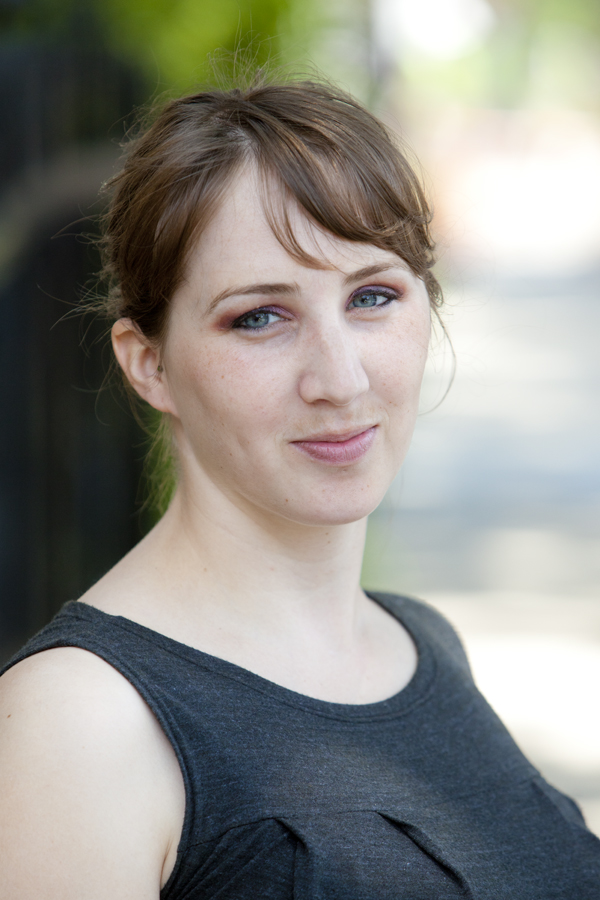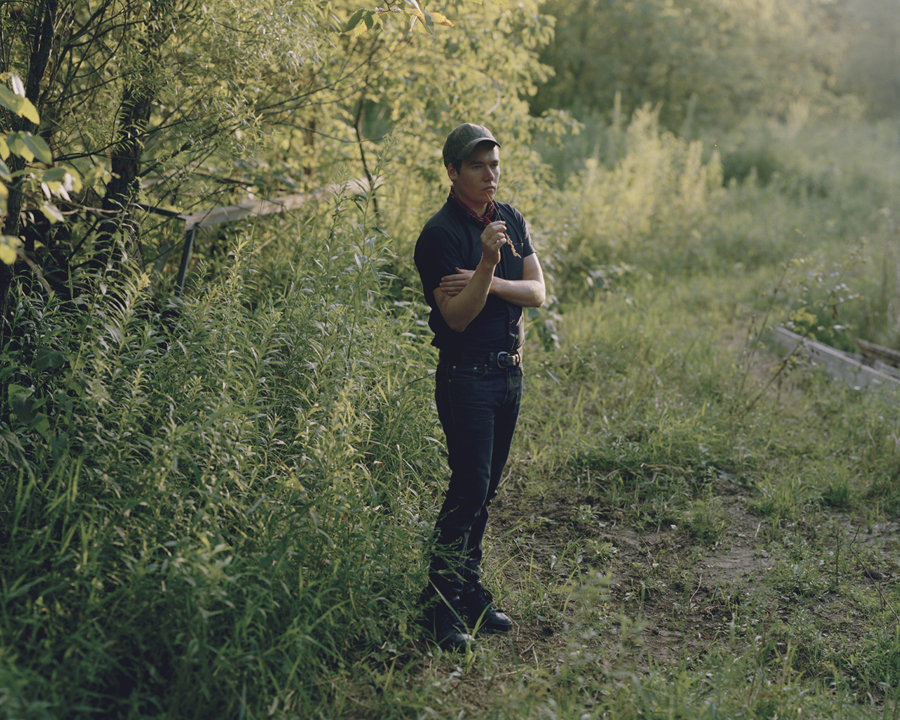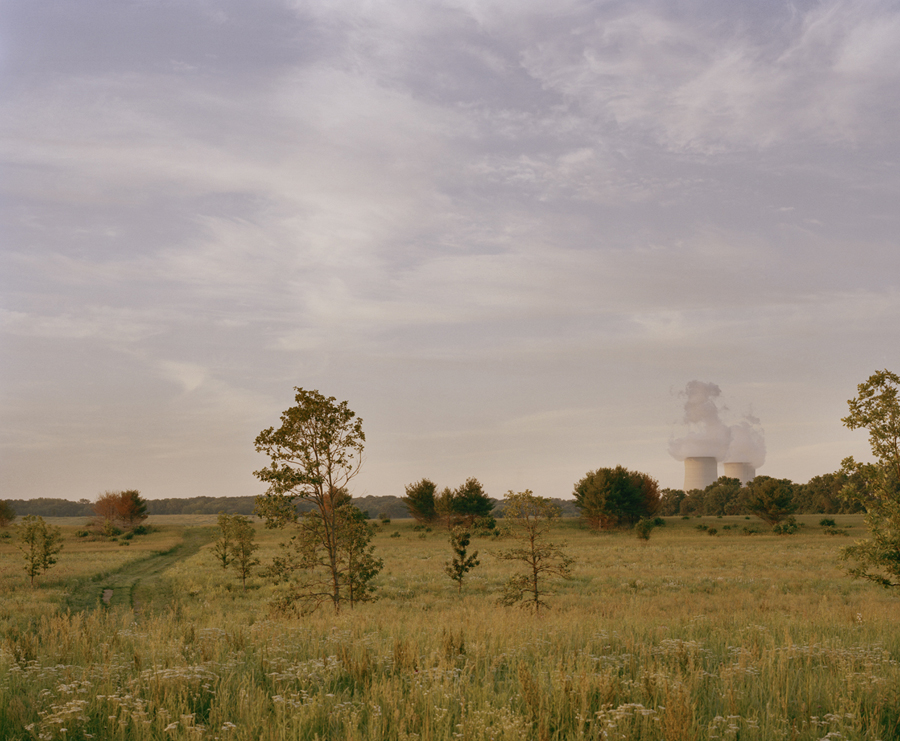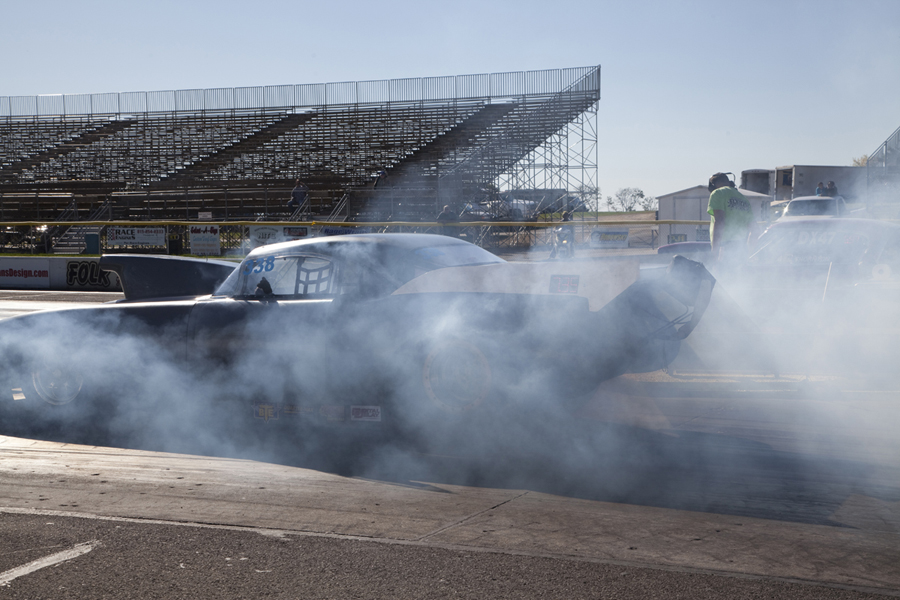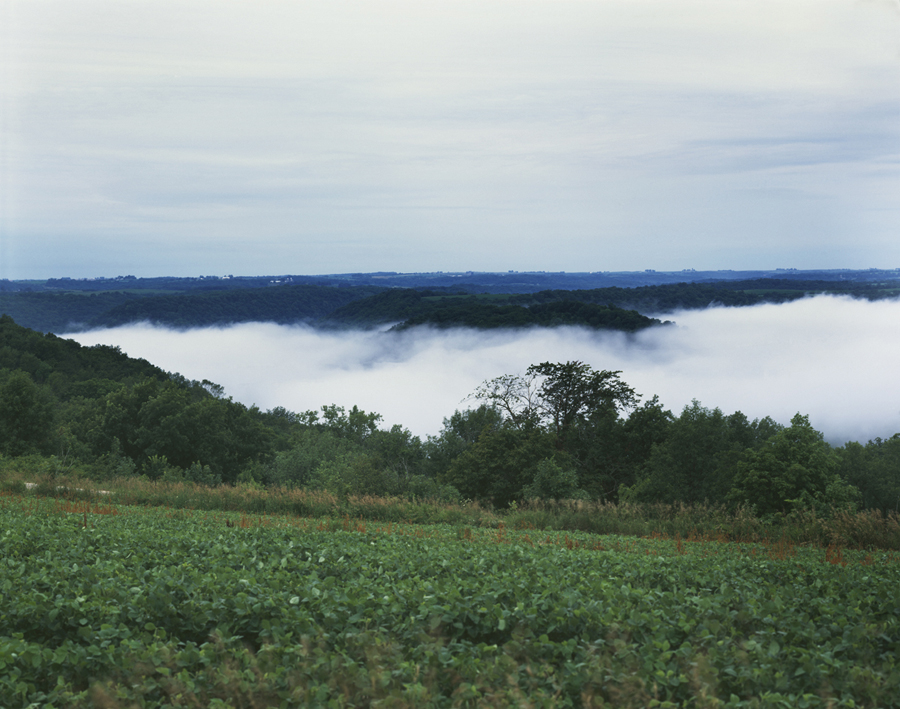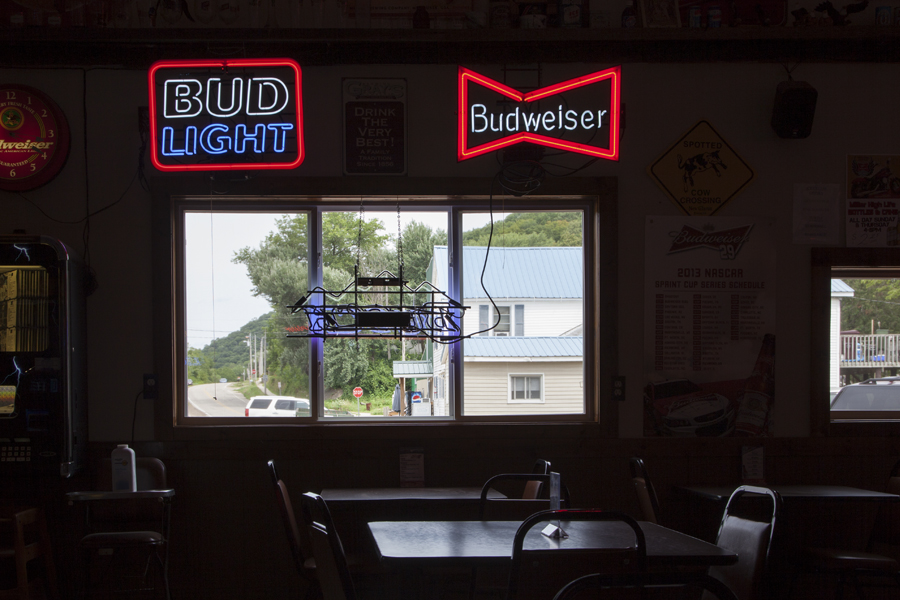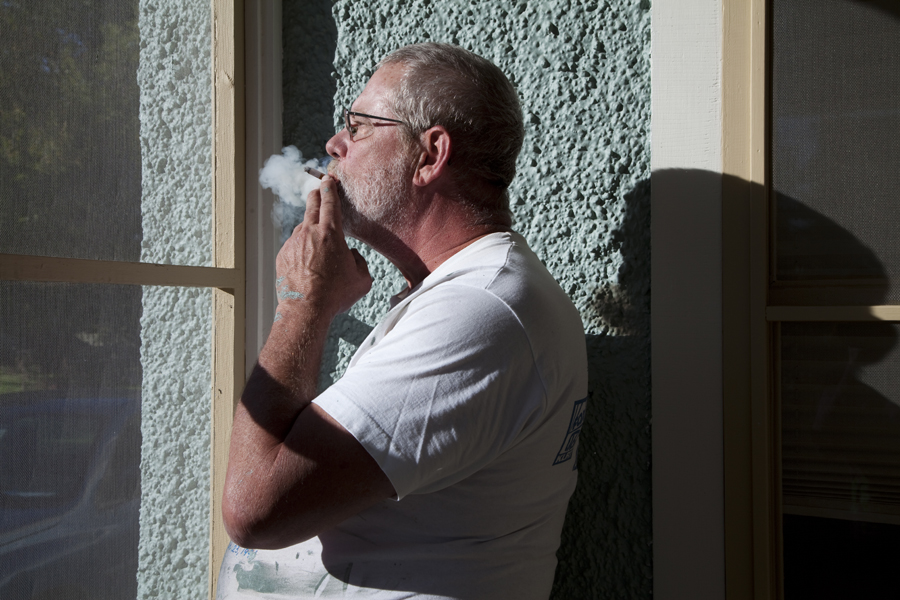Born in 1982 in Germany Barbara Diener received her Bachelor of Fine Art in Photography from the California College of the Arts and Masters in Fine Art in Photography from Columbia College Chicago.
Her work has been exhibited at the Griffin Museum of Photography, Winchester, MA, Photographic Center Northwest, Seattle, WA, Alibi Fine Art, Chicago, IL, Museum of Contemporary Photography, Chicago, IL, Hyde Park Art Center, Hyde Park, IL, David Weinberg Gallery, Chicago, IL, New Mexico Museum of Art, Santa Fe, NM, Invisible Dog Gallery, Brooklyn, NY, Lilllstreet Art Center, Chicago, IL, Riverside Art Center, Chicago, IL. Pingyao Photo Festival, China, The Arcade, Chicago, IL, Philadelphia Photo Arts Center, Philadelphia, PA, Darkroom Gallery, Essex Junction, VT and Project Basho, Philadelphia, PA among others. Diener’s photographs are part of several private and institutional collections including the New Mexico Museum of Art and the Museum of Contemporary Photography.
Diener has participated in several highly ambitious and competitive artist residency programs, the Fields Project in Oregon, IL, ACRE in Steuben, WI, and HATCH Projects through the Chicago Artist Coalition. She is a winner of Flash Forward 2013, the recipient of a Follett Fellowship at Columbia College Chicago and was awarded the Albert P. Weisman Award in 2012 and 2013. Additionally, Diener received an Individual Artist Grant from the Chicago Department of Cultural Affairs and Events in 2015, 2018, and 2020. In June 2018 Daylight Books published Diener’s first book Phantom Power. Currently, she is the Collection Manager in the Department of Photography and Media at the Art Institute of Chicago and teaches photography at the School of the Art Institute of Chicago.
Can you tell us a little about yourself?
I was born in Germany in 1982 and lived there until I was 19. Then I moved to the States for college and earned my BFA in Photography from the California College of the Arts and my MFA in Photography from Columbia College Chicago. I am currently working at the Art Institute of Chicago as the Photography Collection Assistant.
How did you get interested in photography?
Since I was young I obsessively wanted to capture most moments of my life. Even before I had a camera I would envision what I would photograph if I had one. Finally, for my eighth birthday my grandmother took me to Toys-R-Us and said I could choose one thing from the entire store. All I wanted was a pink point-and-shoot camera. Ever since I have been documenting my life and the people around me. Photography’s ability to transform and visually dissect the world will continuously fascinate and inspire me and will always be a driving force in my artistic practice.
Do you artist/photographer inspired your art?
Yes, I think it is extremely important to constantly be looking at other artists for inspiration and for an understanding of where my own work fits into the art world. Some of my photographic influences and inspirations include William Eggleston, Alec Soth, Christian Patterson, Jim Goldberg, Larry Sultan, Birthe Piontek, Hannah Starkey, Dawoud Bey, Paul D’Amato and Kelli Connell. More recently I have also been looking at German Romanticism like Caspar David Friedrich and Dutch sill-life painting.
Could you please tell us anything about your technique and creating process?
My process involves a lot of research about the places I photograph and their history. That is what initially interests me about my subjects. I also drive around a lot to find the perfect location to photograph.
Describe your ideal photographic situation
My ideal photographic situation is having all the time I need to set up my shot with no distractions or interruptions and a subject that is willing to do whatever I want.
How much preparation do you put into taking a photograph?
That depends on the subject. Most of my photographs, especially the landscapes, involve a lot of location scouting as well as figuring out what time of day to shoot. If I am photographing a person my preparation includes spending time with them and making them feel comfortable with me and my equipment. I can usually distract them by setting up my large format view camera and by the time I am ready to make the photograph they have been standing or sitting in front of the camera for a while already. Every once in while I stumble across something I want to capture and I make the photograph with no preparation at all.
What’s your useable-to-unusable ratio when you review images from a shoot?
Conceptually the images I end up using should transcend mere documentation and transform the ordinary and expected through allegory and metaphor. Initially I wanted to say that a photograph has to be properly exposed and focused but as with all art forms there can be exceptions to the rule.
What quick advice do you have for someone who wants to improve his or her photography skills?
Hard work and dedication. No excuses.
From time to time many photographers find themselves in a creative rut or uninspired to shoot. Does this ever happen to you and if so how do you overcome these phases?
Yes, this definitely happens to me. Honestly, the best thing for me to do is to just get back out there and make some photographs even if I don’t know what I am looking for. Looking at other artist’s work, whether in books or in a museum or gallery, helps me, as well.
What future plans do you have? What projects would you like to accomplish?
Moving forward I first and for most want to continue making photographs while working full-time at the Art Institute of Chicago. I enjoy working in museums but I also want to teach. As far as photographic projects go I will revisit some themes I have touched on but never fully investigated like the American South and endlessly fascinating events such as machine gun shoots, monster truck rallies and drag races. [Official Website][dodho magazine]



